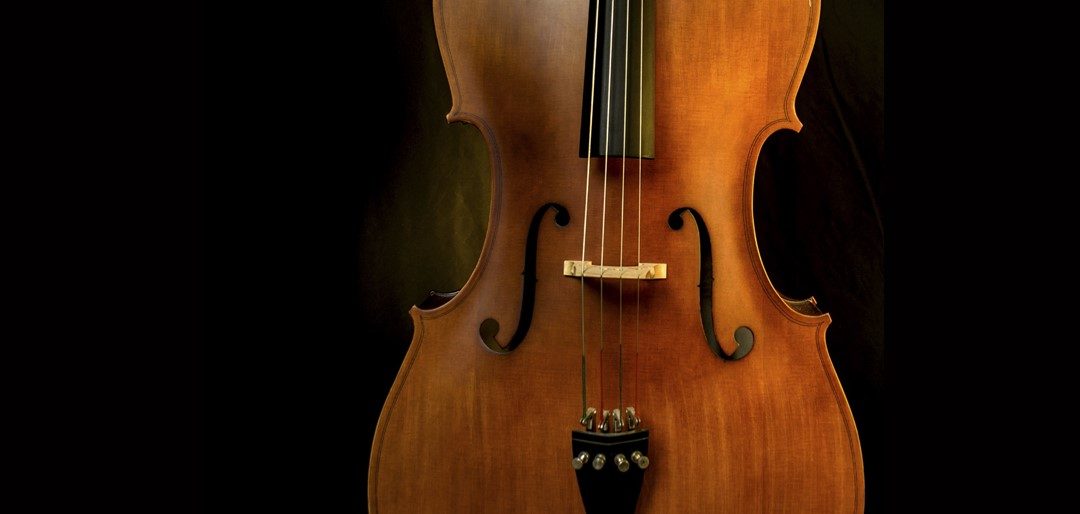We’re sure that many of you were saddened by the recent passing of composer Johann Johannsson, who died at the age of 48. Johannsson, who in the last few years had achieved significant success with a run of acclaimed film scores, first rose to prominence alongside a loose collection of musicians and composers who came to be referred to by some as the ‘neo-classical’ movement.
Here, we take a look at the neo-classical movement, exploring its key figures, features, and whether it represents a genuine, innovative movement within the classical world.
Who are the Neo-classical Composers?
Somewhat confusingly, the term neo-classical is not an entirely original one within classical music. The term has been used previously to refer to a number of composers of the early twentieth century, ranging from Prokofiev and Resphigi to Erik Satie.
More recently, however, the term has re-emerged as the most common moniker used for a group of new, relatively young musicians and composers whose work combines classical tropes, approaches and styles with various other musical elements – including from rock and electronic dance music.
One of the most distinctive and notable elements of the work of the neo-classical composers is the integration of technology into their work – both in the recording studio and for the purposes of live performance. Often this will involve a mixture of analogue equipment and classical instruments with more experimental modern techniques and programs for composing music. The live performances of Nils Frahm, one of neo-classical’s most commercially successful figures, regularly see him moving between various pianos, keyboards and banks of dials and switches. Similarly, Icelandic composer Ólafur Arnalds often uses looping software to add electronic and hip-hop beats to compositions for strings and piano.
However, this tendency towards experimentation extends beyond the music itself. The neo-classicist’s flair for integrating traditional elements with new forms and technologies has also seen several of them taking an increasingly multi-media approach – Johann Johannsson often provided live accompaniments to film projects, while a 2015 performance by Max Richter of Sleep, his eight hour long ‘lullaby for a frenetic world’, became the longest ever piece of continuous music to be broadcast live by the BBC.
Is this the Future of Classical Music?
Despite some early scepticism from more traditionally inclined wings of the classical world, many of the neo-classical composers have subsequently gone on to achieve a level of success with fans of several genres. Frahm and the ambient music duo A Winged Victory for the Sullen performed together at the Royal Albert Hall for the BBC Proms, while a cut down version of Richter’s aforementioned Sleep went directly to the top of the classical album charts.
Almost all of the composers most often associated with the scene have followed up their multi-media experiments with a more tried and tested medium: the cinema. Johannsson, Frahm, Richter and several others have all turned their composing skills to film scoring, with several going on to receive high profile award nominations for their work.
Whether the success of the neo-classical composers and their work has any longer-term impact on the direction of classical music more broadly remains to be seen – but their embrace of new ideas and technology, and their genre-hopping approach, has certainly proven to be a popular one, and helped bring new audiences to classical music.


If you have to ask…